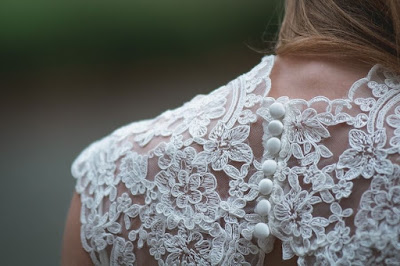Flowers have always been a symbol of beauty and elegance, and what better way to incorporate them into your wardrobe than through floral embroidery on lace fabric? Lace fabric adds a delicate and feminine touch to any outfit, while the floral embroidery brings a touch of nature and whimsy. In this article, we will discuss the beauty and versatility of floral embroidery on lace fabric, as well as how to incorporate it into your everyday wardrobe.
1. History of Floral Embroidery on Lace Fabric
The Origins of lace and Embroidery
The emergence of floral embroidery on lace fabric
Examples of traditional floral embroidery on lace fabric
2. Materials Used for Floral Embroidery on Lace Fabric
Types of lace fabric
Types of embroidery threads
Types of needles
3. Techniques for Floral Embroidery on Lace Fabric
Basic embroidery stitches
Advanced embroidery techniques
Tips for achieving a professional finish
4. Fashion Trends: Incorporating Floral Embroidery on Lace Fabric into Your Wardrobe
Formal occasions: lace dresses and gowns with floral embroidery
Casual wear: denim jackets, shorts, and tops with floral embroidery
Accessories: hats, bags, and shoes with floral embroidery
5. DIY Floral Embroidery on Lace Fabric
A step-by-step guide to floral embroidery on lace fabric
Resources for learning embroidery techniques
Inspiration for creating your own designs
6. Caring for Floral Embroidery on Lace Fabric
Proper washing and storage techniques
Tips for preventing damage to embroidered lace fabric
Professional cleaning and restoration services
Floral embroidery on lace fabric is a timeless and classic style that can be incorporated into any wardrobe. Whether you opt for traditional designs or create your own unique patterns, the delicate and intricate nature of floral embroidery on lace fabric is sure to add a touch of nature and whimsy to any outfit.
Conclusion
Floral embroidery on lace fabric is a beautiful and versatile way to bring nature to your outfits. From traditional designs to modern interpretations, this delicate and intricate style is sure to add a touch of elegance to any wardrobe. By incorporating floral embroidery on lace fabric into your everyday style, you can create a look that is both feminine and whimsical.
Read More: Floral Embroidery on Lace Fabric: Bring Nature to Your Outfits

Comments
Post a Comment